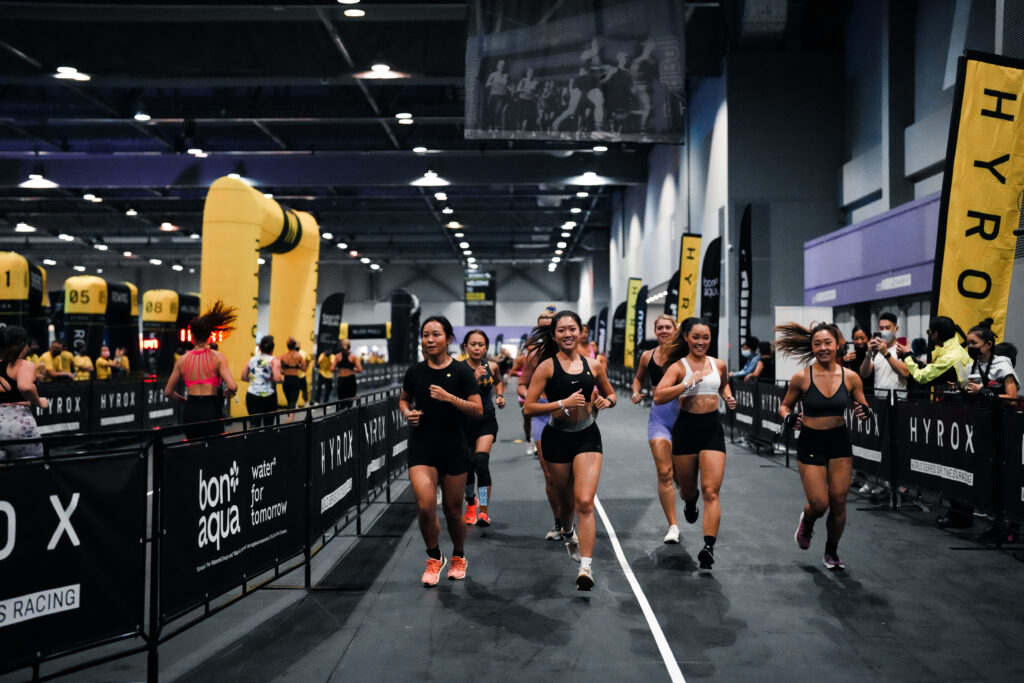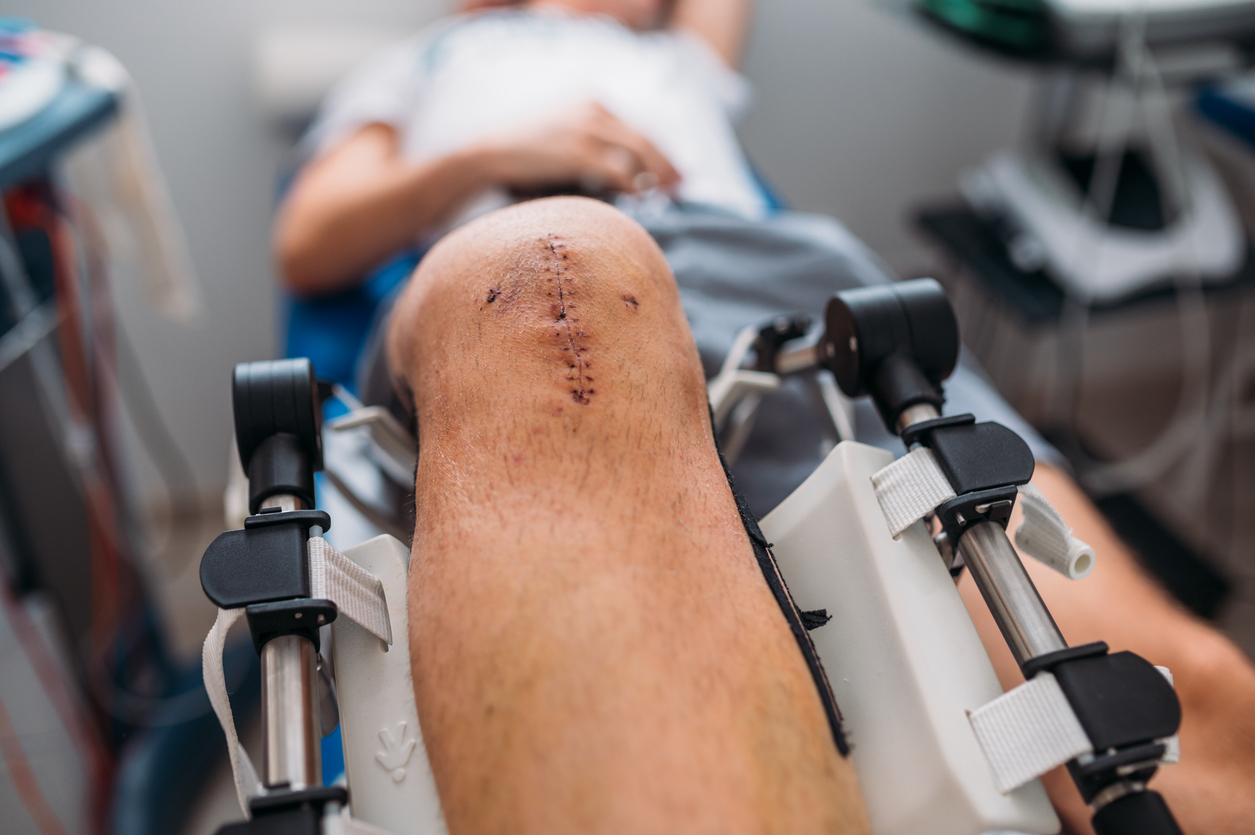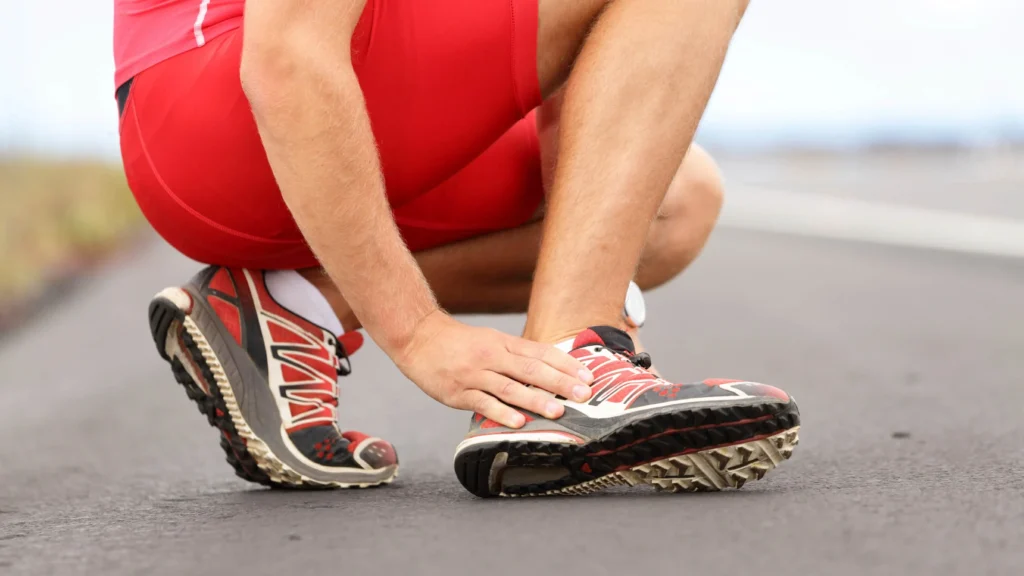Preparing for a race like HYROX is no small feat. With its unique blend of running and functional workouts, this challenges not just your physical endurance but your mental toughness as well. Whether you’re a seasoned athlete or a fitness enthusiast looking to take on a new challenge, the right preparation is key to performing your best.
With more races scheduled (one coming up in Singapore), there’s no better time to get started on your HYROX journey. Below, you’ll find practical tips to help you prepare, stay injury-free, and excel on race day.
What is HYROX?
HYROX is a global fitness race that combines running with functional workout stations, offering a unique and challenging experience for both professional athletes and everyday fitness enthusiasts. Unlike traditional races that focus solely on running or obstacle courses that emphasise agility, HYROX blends endurance, strength, and mental toughness in a format that’s as demanding as it is rewarding.
Each HYROX race consists of eight 1km runs, each followed by a functional workout station. This sequence is repeated eight times, pushing participants to their limits in a way that few other fitness competitions can. Whether you’re a seasoned athlete or new to the fitness world, HYROX provides a platform for you to test your limits, improve your fitness, and experience the thrill of competition.
HYROX Event in Singapore
Singapore is set to host another HYROX race as part of the inaugural Singapore Fitness + Wellness Expo on August 31 – September 1, 2024, at the Singapore Expo Hall. This event promises to be a milestone in Singapore’s fitness calendar, offering participants the chance to compete in a world-class fitness race right in their backyard.
Dr. Eileen Tay, Senior Consultant and Orthopaedic Surgeon at The Orthopaedic Practice & Surgery Clinic (TOPS), will be one of the participants competing at this event. Dr. Tay’s presence at the event also highlights TOPS’s commitment to promoting a holistic approach to health and wellness.
Preparing for HYROX
If you’re planning to participate in HYROX, here are some practical tips to help you get ready for the race:
Focus on Endurance Training
Since HYROX involves a significant amount of running, building your endurance is crucial. Incorporate long-distance running into your training routine to ensure you can handle the 8km total distance.
Gradually increase your running distance and intensity to build stamina without risking injury. Interval training, where you alternate between high-intensity running and recovery periods, can also be highly effective in preparing your body for the demands of the race.
Incorporate Functional Workouts
The workout stations in HYROX are designed to test your strength, agility, and endurance. Incorporate functional exercises such as burpees, sled pushes, and wall balls into your training regimen.
These exercises mimic the movements you’ll encounter during the race and help improve your overall strength and conditioning. Make sure your training is well-rounded, targeting different muscle groups to ensure you’re prepared for each station.
Stay Hydrated
Proper hydration is critical to performing your best in HYROX. Your body needs water to regulate temperature, transport nutrients, and keep your muscles working efficiently. Make sure you’re drinking enough water throughout the day, especially during training sessions. Aim to start your day with a glass of water and continue to hydrate consistently.
During longer training sessions, consider incorporating electrolyte-rich drinks to replace lost minerals, especially in hot or humid conditions. Don’t wait until you’re thirsty to hydrate—by then, you’re already on your way to dehydration.
Fuel Your Body With Nutrients
Nutrition plays a vital role in your HYROX preparation. Focus on a balanced diet rich in lean proteins, complex carbohydrates, and healthy fats. Carbohydrates are your main source of energy for endurance, so ensure you’re consuming enough in the days leading up to the race.
Proteins are essential for muscle recovery and repair, so include sources like chicken, fish, beans, and nuts in your diet. Eating a well-balanced meal a few hours before your training sessions or the race itself will provide the energy you need. Post-training, refuel with a mix of carbs and protein to kickstart muscle recovery.
Work on Your Recovery
HYROX is demanding on the body, so proper recovery is essential. Make sure to include rest days in your training schedule and focus on activities like stretching, foam rolling, and proper hydration to keep your body in top condition.
Active recovery, such as light walking or swimming, can also help reduce muscle soreness and keep your body limber. Sleep is another crucial element of recovery—aim for 7-9 hours of quality sleep per night to allow your muscles to repair and your energy levels to replenish.
Pace Yourself
During the race, it’s important not to go all out in the first few rounds. HYROX is a marathon, not a sprint, so finding a sustainable pace will help you avoid burnout and perform consistently throughout the race.
Listen to your body and adjust your pace as needed. It’s often better to start slower and pick up the pace in the later stages when you’re more confident in your stamina and strength.
Stay Mentally Strong
HYROX is as much a mental challenge as it is a physical one. Keeping a positive mindset and staying focused on your goals is key to overcoming the inevitable moments of fatigue and doubt during the race. Break the race down into smaller, more manageable parts, focusing on one station at a time. Visualise your success, and remind yourself that each station brings you one step closer to the finish line.
By incorporating these strategies into your training, you’ll be well-prepared to tackle the HYROX challenge. Whether your goal is to set a personal best or simply to finish the race, proper preparation will give you the confidence and capability to perform at your best.
Injury Prevention Tips for Participants
As with any intense physical activity, injury prevention is a key concern, especially when preparing for a demanding event like HYROX. Here are some essential tips to help participants stay injury-free:
- Do warm-up and cool down exercises. Proper warm-up exercises are crucial in preparing your muscles and joints for the strain of HYROX. Dynamic stretches and light cardio can increase blood flow and flexibility, reducing the risk of strains and sprains. Similarly, cooling down with stretching and gentle movements helps to gradually lower your heart rate and prevent stiffness.
- Listen to your body. It’s important to recognise the difference between pushing your limits and overexerting yourself. Pay attention to any signs of discomfort or pain, especially in your joints and muscles. If something doesn’t feel right, it’s better to rest or consult a healthcare professional rather than risk a serious injury.
- Strengthen your key muscle groups. Strength training, particularly focusing on the core, legs, and stabilising muscles around the joints, can greatly reduce the risk of injury. Stronger muscles provide better support for your joints during the repetitive motions of running and functional exercises.
- Use proper technique. It is vital to ensure that you perform each exercise with the correct technique. Poor form can lead to injuries, especially under the fatigue that sets in during a race like HYROX. Consider working with a coach or trainer to refine your form, particularly for more complex movements like the sled push or wall balls.
- Wear appropriate footwear. The right shoes can make a big difference in your performance and injury prevention. Choose footwear that provides adequate support and cushioning for running and functional training. This can help reduce the risk of issues like shin splints and plantar fasciitis.
Takeaway
HYROX is not just about finishing the race; it’s about pushing your limits, both physically and mentally. By incorporating the tips provided—focusing on endurance, functional training, proper hydration, and more—you’ll be well-prepared to take on the challenge.
Whether your goal is to set a personal best or simply to finish, with the right preparation, you’ll be ready to conquer the race and stay injury-free.












